Search the Special Collections and Archives Portal
Search Results
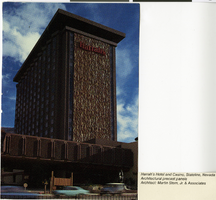
Photograph of Harrah's Tahoe (Stateline, Nev.), circa 1970
Date
Archival Collection
Description
Façade of Harrah's Lake Tahoe, Stateline, Nevada, circa 1970.
Site Name: Harrah's Tahoe
Address: 15 Highway 50
Image
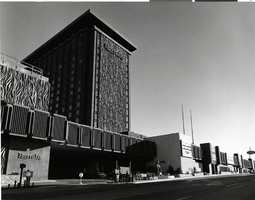
Photograph of the Harrah's Tahoe (Stateline, Nev.), circa 1970
Date
Archival Collection
Description
A black-and-white photograph of Harrah's Lake Tahoe in Stateline, Nevada.
Site Name: Harrah's Tahoe
Address: 15 Highway 50
Image
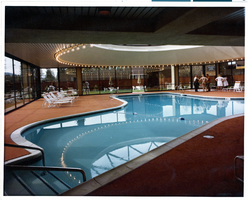
Photograph of the Harrah's Tahoe swimming pool (Stateline, Nev.), circa 1970
Date
Archival Collection
Description
The indoor swimming pool at Harrah's Lake Tahoe.
Site Name: Harrah's Tahoe
Address: 15 Highway 50
Image
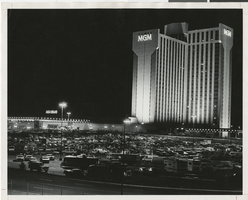
Photograph of the MGM Grand Reno at night (Reno), circa 1978
Date
Archival Collection
Description
The MGM Grand Reno and parking lot at night.
Site Name: MGM Grand Reno
Address: 2500 East Second Street
Image
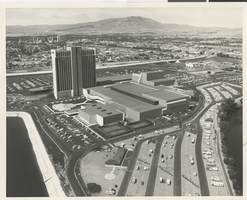
Aerial photograph of the MGM Grand (Reno), late 1970s
Date
Archival Collection
Description
Photograph of the MGM Grand Reno from the air.
Site Name: MGM Grand Reno
Address: 2500 East Second Street
Image
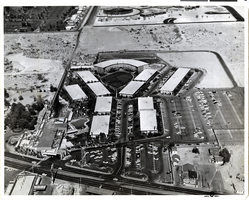
Aerial photograph of the Sands Hotel complex (Las Vegas), 1963
Date
Archival Collection
Description
Aerial view of the Sands complex in 1963.
Site Name: Sands Hotel
Address: 3355 Las Vegas Boulevard South
Image
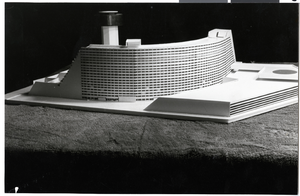
Photograph of the Landmark Hotel and Casino expansion model (Las Vegas), May 1, 1982
Date
Archival Collection
Description
Model of the proposed expansion for the Landmark Hotel and Casino.
Site Name: Landmark Hotel and Casino
Address: 364 Convention Center Drive, Las Vegas, NV
Image
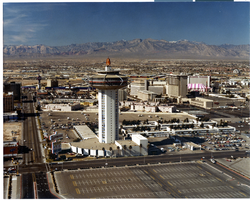
Photograph of an aerial view of the Landmark Hotel and Casino (Las Vegas), circa 1970
Date
Archival Collection
Description
The Landmark Hotel and Casino from the air.
Site Name: Landmark Hotel and Casino
Address: 364 Convention Center Drive, Las Vegas, NV
Image
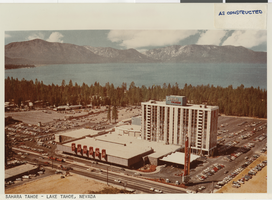
Aerial photograph of the Sahara Tahoe (Stateline, Nev.), circa 1965
Date
Archival Collection
Description
Bird's-eye view of the completed Sahara Tahoe, now Horizon Casino at Stateline, Nevada.
Site Name: Sahara Tahoe
Address: US Highway 50, Stateline, NV
Image
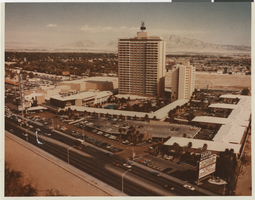
Photograph of the Sahara Hotel and Casino (Las Vegas), after 1963
Date
Archival Collection
Description
The Sahara complex after the 1963 completion of the 24 room tower, which was the tallest building in Nevada at the time.
Site Name: Sahara Hotel and Casino
Address: 2535 Las Vegas Boulevard South
Image
